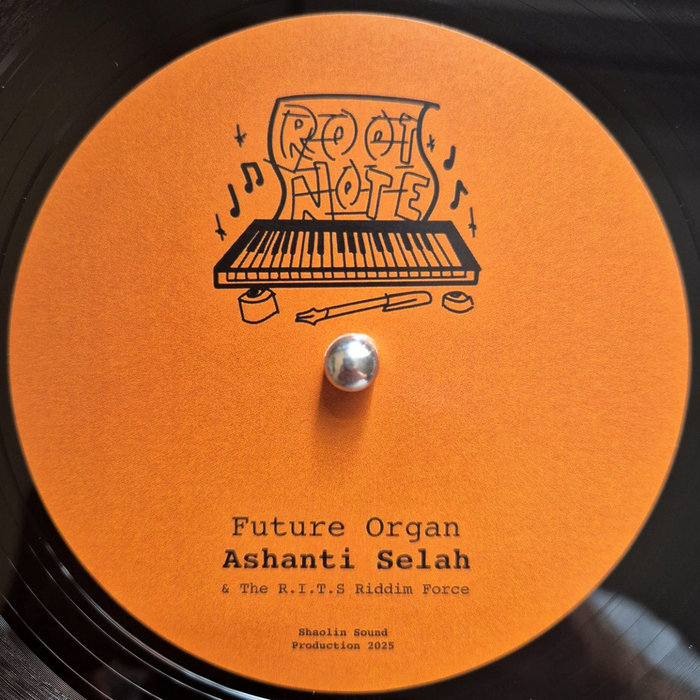
Ashanti Selah & The R.I.T.S Rhythm Force – Future Organ / Now Piano (Limited 10" Polyvinyl) (Root Note Records) – Ashanti Selah & The R.I.T.S Riddim Force
this blog is GROOVY – check out great Soul, Funk, Jazz, Hip Hop, Bass, Breaks , Reggae, House n many more TUNES
Rubadub, baby! If you’ve ever felt the groove wrap around you like a warm blanket, then you know there’s something special about this genre. Born from the heart of reggae and infused with a splash of dub, rubadub is one funky musical movement that deserves its time in the spotlight. So grab your boombox and let’s dive into the history of rubadub while sharing some giggles along the way!
Rubadub music sprouted in Jamaica during the late 1970s to early 1980s—a vibrant period for reggae music overall. It was all about blending traditional reggae rhythms with heavy bass lines and echoey sounds, giving birth to what we now call rubadub.
The magical thing about rubadub? It didn’t just stop at being a genre; it turned into a cultural phenomenon! Picture this: sound systems blasting tunes on street corners while people danced like nobody was watching—it was an explosion of sound that brought joy to many.
At its core, rubadub thrived on sound system culture—those powerful speaker setups that would travel from block party to block party. DJs like David “Jah Screw” Webb and Lloyd “King Jammy” James were essential players spinning records that made hips sway and feet tap.
Funny fact alert: In those days, early Jamaican DJs often had wild names inspired by pop culture or their personas. We’re talking names like “Super Cat” (not to be confused with your feline friend) who became famous not just for his catchy hooks but also for dancing so hard he once set off an air horn at a very inappropriate moment—oops!
As time rolled on through the ‘80s, musicians started bringing their own flavor into rubadub music. Artists mixed influences from hip-hop, dancehall, and even soul. It’s like they were throwing ingredients in a pot without bothering to measure—fabulous culinary chaos!
The term rub-a-dub itself came from the act of going out to have fun (think partying!), which perfectly captures what this vibe is all about.
Among these artists were icons such as Dennis Brown, known as the “Crown Prince of Reggae.” This dude had such smooth vocals that legends say even butter couldn’t compete! Then there’s Capleton, whose fiery performances could ignite any crowd—even if they’d been partying for three days straight!
Here’s another funny bit: Capleton earned himself quite a reputation with his energetic stage presence. Once he danced so vigorously during a performance that he accidentally sent his microphone flying across the stage—talk about hitting those high notes!
By mixing genres together freely—a hallmark trait in Jamaican culture—the impact began reaching beyond islands into cities worldwide throughout the ‘90s and early 2000s:
Rub-a-dubbing completely transformed audiences everywhere.
The UK embraced it wholeheartedly too! Dubstep later emerged as another form born from this legacy—but let’s not forget where it all started…
You might wonder why it’s called rubada… Well folks love trying different theories! Some say it refers simply to dancing vibes making ya feel light-headed—a bit dizzy but oh-so-fine—hence “rubbing heads!” Others believe it’s slang derived directly meaning having fun celebrating life… either way—you can keep groovin’ along without caring much where it comes from!
Let’s sprinkle some joyously hilarious moments throughout our exploration:
Dance Like No One’s Watching: Legend has it that some artists would get so lost in rhythm they’d forget lyrics entirely mid-performance! Instead? They’d just start ad-libbing hilariously nonsensical phrases!
Mismatched Outfits: Ever seen someone wearing mismatched socks while performing? Yup—not uncommon back then; artists loved showing up outfit choices worthy enough make fashion critics cry tears (of laughter).
Dubplates & Pranks: DJ pranks using custom-made dubplates became legendary tales—they’d sneak quirky voiceovers featuring local celebrities or humorous jabs at competitors right onto tracks played live—all harmless fun but kept fans engaged too.
Festival Antics: Festivals sparked wacky antics galore; rumor has it one artist wore bright clown shoes intending humor instead made everyone wonder if they’d stepped onto circus grounds before realizing oh no—we’re still raging here!
Finally—and perhaps most importantly—the phrase reused frequently amongst collaborations are jokes between producers stating how certain beats “sound better after midnight.” I mean hey—it worked wonders transforming simple grooves into pure magic magic late nights had various effects right?
Today, although new styles come rushing forth every day readying themselves steal attention away sometimes…it doesn’t overshadow importance historical roots bring us together within collective experience parties celebrating unity through joyous expression via beat-driven sensations shared worldwide today because each note strikes connection shared memories persist infinitely embracing both present past legacies left behind proving fabulousness forever associated uniquely named genre we’ll always cherish near dear hearts wherever go dancing our lives away endlessly open explore discovering more surprises hidden therein journeys yet ventured upon constantly emerge triumphant rhythm races onward indeed gonna love rubbing elbows crossing paths unexpected places returning home blissfully exhausted filled joy love resonating umm listening loops repeat—they’ll never stop playing either flow continues naturally always gracefully grooves entwining beautifully synthezing diverse elements dance floor swell united souls again… Let loose everybody having FUN!!! 🥳🎶

Ashanti Selah & The R.I.T.S Rhythm Force – Future Organ / Now Piano (Limited 10" Polyvinyl) (Root Note Records) – Ashanti Selah & The R.I.T.S Riddim Force
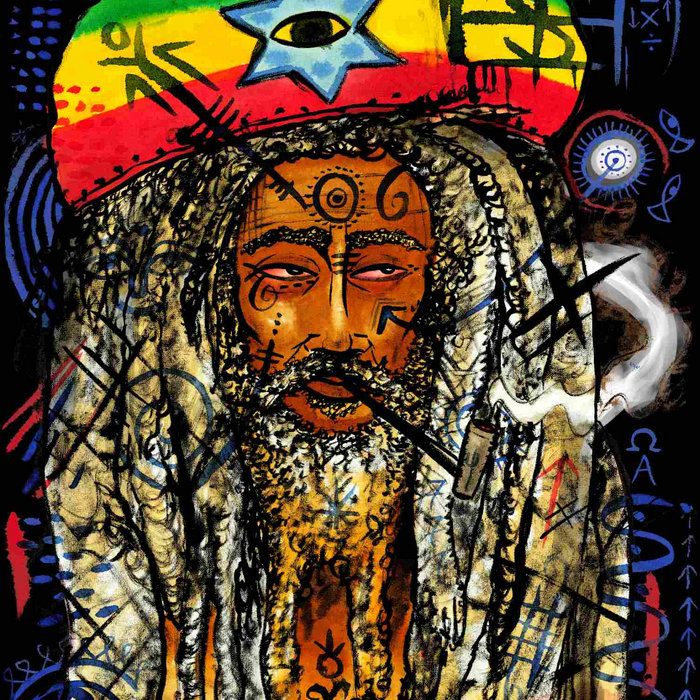
Bun Dem Down – Reemah, Petah Sunday
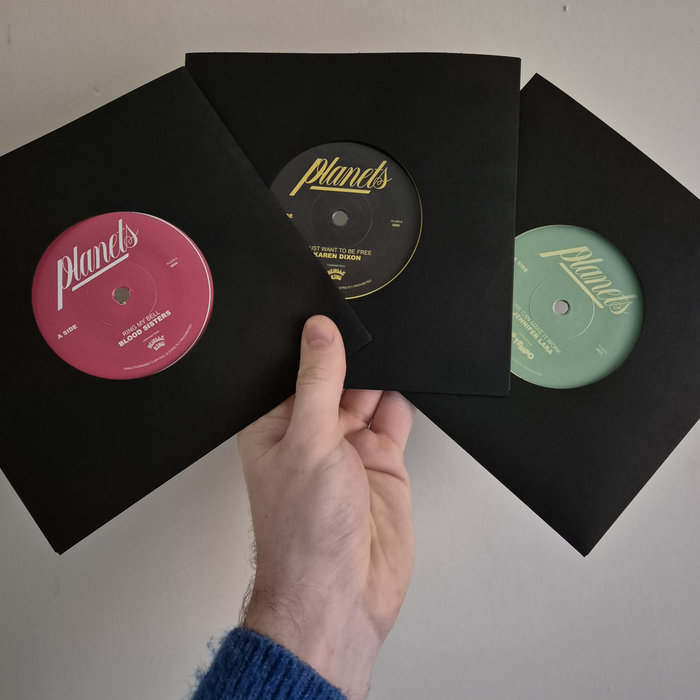
Blood Sisters – Ring My Bell (Planets Records) – Shaolin Records
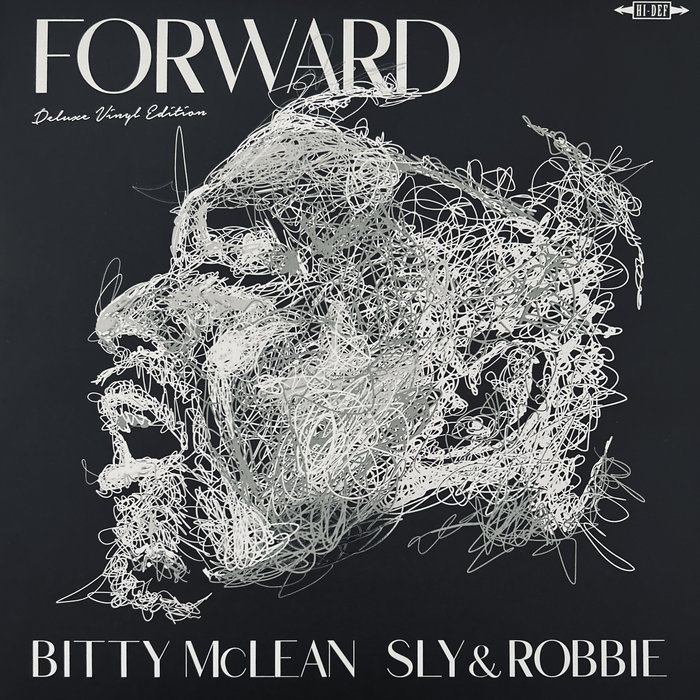
Be Accepted – Bitty McLean Sly & Robbie

Machine – Feldub
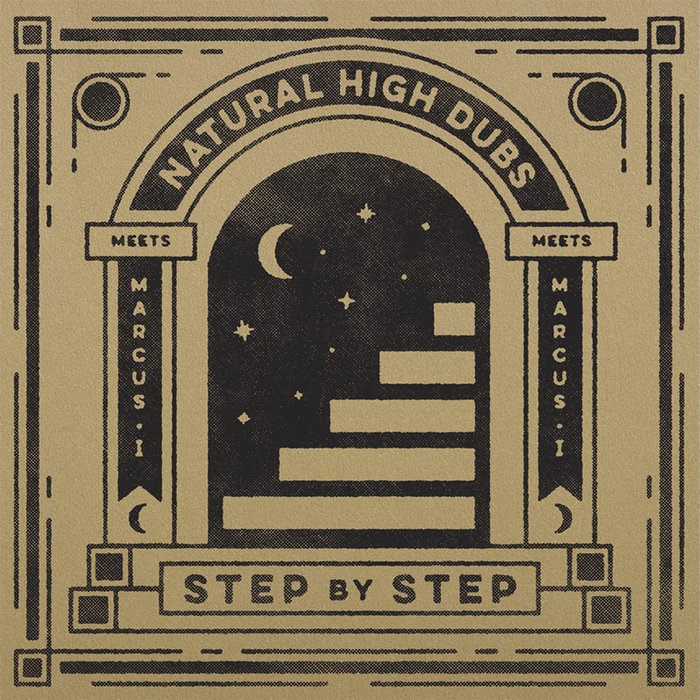
Natural High Dubs ft Marcus I – Step by Step – Berry's Records